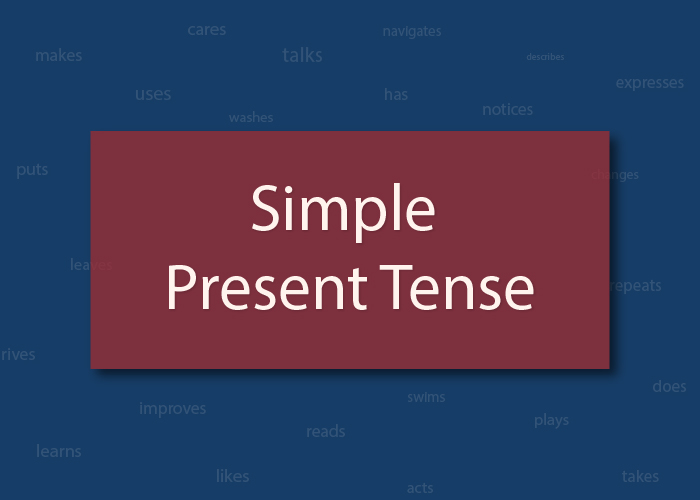Simply Present: A Quick Introduction To The Simple Present Tense in English
The English language is crucial in today’s education system and work companies. The language barrier can hinder your social connections and lower your self-esteem. Understanding the language is not enough. We have to know how to communicate our thoughts and emotions accurately. English grammar is vital during verbal and written communication. Today, we will talk about Simple Present Tense using various examples.
Using Simple Present Tense
It is one of the most commonly used tenses in English communication. We use the simple present tense to describe the current action happening or an occurring event. The tense is used to:
- Talk about general facts/truths and actions
- Talk about situations that are true and do not change
- Talk about habitual actions in everyday life
- Express feelings and emotions
- Talk about actions or events that will occur in the future
- Give instructions
Facts or truths and actions
While stating a universal law or truth, we convey the statement in the simple present tense.
Examples:
- The earth revolves around the sun.
- The plants prepare their food via photosynthesis.
- The sun rises in the east.
Situations that do not change
Examples:
- She stays in a bungalow.
- John celebrates his birthday today.
- Everest is the highest mountain in the world.
Habitual actions/verbs
Examples:
- I wake up early every day.
- I like painting.
- I go to work by public transport.
Expressing feelings and emotions
Examples:
- I am hungry.
- I want to eat chocolate.
- She is devastated due to the accident.
Near future events
Examples:
- The movie starts at 3 pm today.
- The game is scheduled for Saturday.
- The meeting ends in the evening.
To give instructions or directions
Examples:
- Please, sit down.
- You must eat healthy every day.
- Exercise daily for healthy body weight.
There is an exception here if the subject is a third-person singular i.e., He or She. In which case, the verb ends with “s” or “es.”
Examples:
- She likes painting.
- He goes to work by public transport.
- She wakes up late every day.
Based on the situation, if something holds true or occurs in the present, use the simple present tense. We also make use of adverbs of frequency while talking or writing. The adverbs of frequency add weightage to the statements. Some words like always, sometimes, often, generally, rarely, never, etc., are adverbs of frequency, followed by the simple present tense.
Examples:
- She never reaches on time.
- I rarely go to the cinema.
- They usually eat fruits before bed.
Simple Present Tense can be included in the form of a question during a casual conversation.
Examples:
- Do you think the food is spicy?
- Does he know about the meeting?
- How much does this dress cost?
The simple present tense can be made negative by using the words do not, does not, don’t, ain’t, etc.
Examples:
- He does not like fish.
- The pie is not baked yet.
- They do not want to attend the function.
Using Simple Present Tense in the English language is necessary to ensure you make sense and are conveying the right message to the listener or audience. Tenses make it easier to understand whether you are talking about the present, past, or future actions and incidents.

